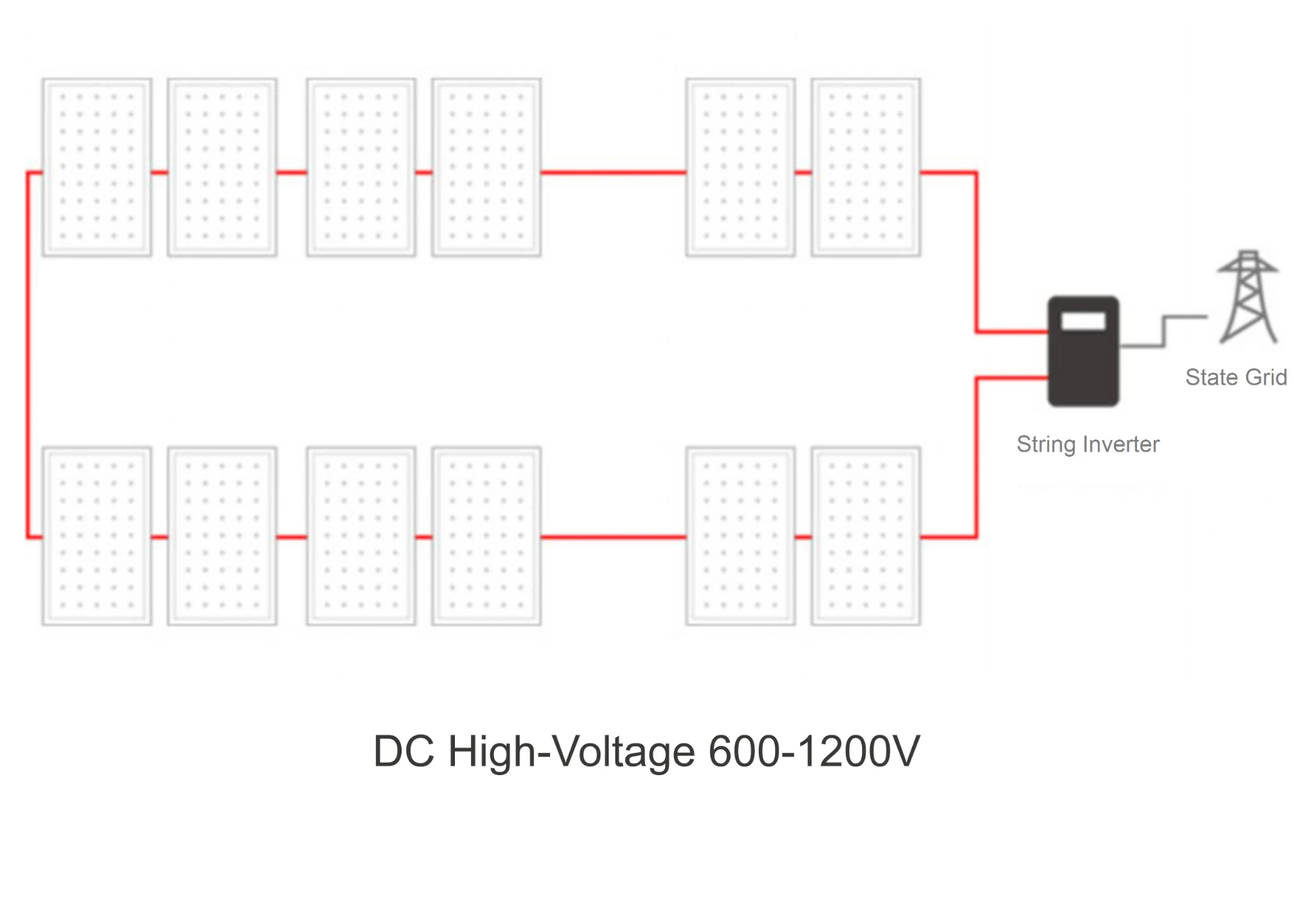fitting solar panels to tiled roof
Fitting Solar Panels to Tiled Roofs
As the global emphasis on renewable energy continues to rise, more homeowners are considering the installation of solar panels. One of the leading concerns for many is how these panels can be fitted to a tiled roof, which presents specific challenges and opportunities. Successfully navigating this process can lead to significant energy savings and a reduced carbon footprint.
When fitting solar panels to a tiled roof, the first step is to assess the structural integrity of the roof itself. An inspection by a qualified roofing professional can determine if the ridge tiles, battens, and underlayment are in good condition and can support the weight of solar panels. Many tiles, such as concrete or slate, can handle the added load, but it is critical to ensure that there are no existing damages or leaks. A solid roof is the foundation for a successful solar installation.
Once the roof’s structural integrity is confirmed, the next priority is to design the solar panel layout. A professional installer will typically consider orientation and angle, as these factors can significantly influence energy production. Ideally, solar panels should face south in the Northern Hemisphere for maximum sunlight exposure. A precise assessment using tools such as solar pathfinders or similar technologies can assist in determining the best placement for optimal energy generation.
The installation process involves attaching mounting brackets to the roof. These brackets are specifically designed to hold the solar panels securely while minimizing any potential damage to the tiles. For tiled roofs, installers can use specialized hooks or a rail system that works harmoniously with the existing tiles. This method not only strengthens the installation but also preserves the waterproof integrity of the roof, mitigating the risk of leaks.
fitting solar panels to tiled roof

Sealing and waterproofing are critical components of the installation. Each penetration made for the mounting brackets must be carefully sealed to prevent water ingress. Properly executed, this ensures that the roof maintains its waterproof barrier while supporting the solar panels. Reputable installers often prioritize this aspect, using high-quality sealants and flashings that are proven to withstand the elements over time.
Once the panels are securely mounted and the roofing integrity is preserved, electrical wiring can be set up. This process usually involves connecting the solar panels to an inverter, which converts the direct current generated by the panels into the alternating current that powers typical household appliances. A qualified electrician should handle this part of the installation to ensure everything complies with local regulations and safety standards.
After installation, an essential step is to monitor the solar system's performance. Many installations come equipped with monitoring systems that allow homeowners to track energy production and consumption. This real-time data can help maximize efficiency and identify potential issues early on.
In conclusion, fitting solar panels to a tiled roof is a practical and effective way to harness renewable energy. By ensuring a solid structural foundation, careful planning of panel placement, and maintaining the roof’s integrity throughout the installation, homeowners can significantly benefit from solar power while contributing to a sustainable future. With the right professional guidance, embracing solar energy can be a seamless and rewarding endeavor.
-
Unlocking Energy Freedom with the Off Grid Solar InverterNewsJun.06,2025
-
Unlock More Solar Power with a High-Efficiency Bifacial Solar PanelNewsJun.06,2025
-
Power Your Future with High-Efficiency Monocrystalline Solar PanelsNewsJun.06,2025
-
Next-Gen Solar Power Starts with Micro Solar InvertersNewsJun.06,2025
-
Harnessing Peak Efficiency with the On Grid Solar InverterNewsJun.06,2025
-
Discover Unmatched Efficiency with the Latest String Solar InverterNewsJun.06,2025







